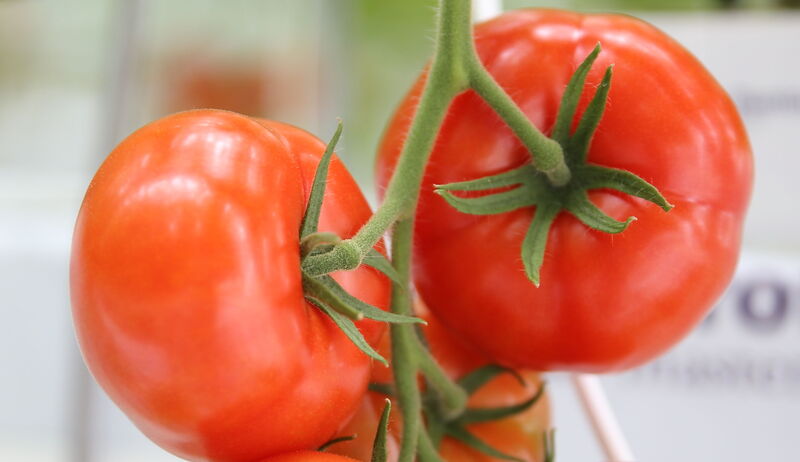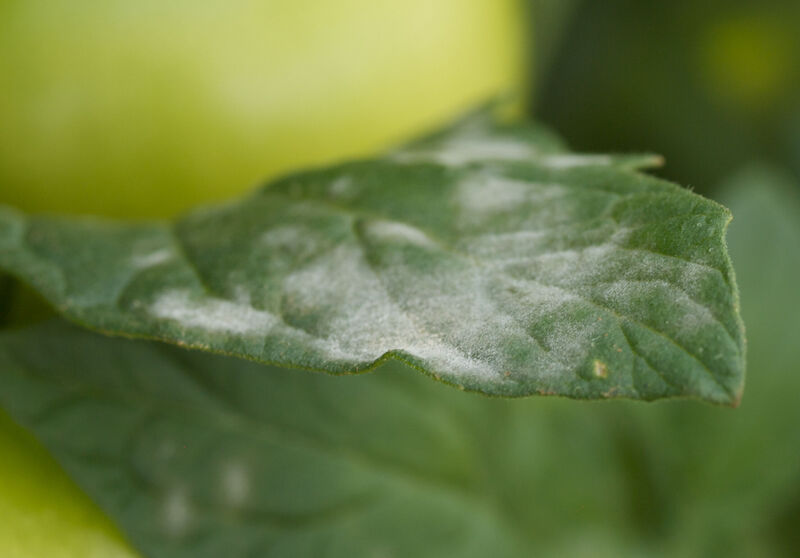
Just like humans, a tomato crop can also be felled by numerous diseases. Which ones strike depends heavily on the circumstances. But every grower must have something in their bag of tricks to defend against the fungal diseases mildew and Botrytis. A multipronged strategy provides the greatest chance of success.

Botrytis
Botrytis, known in horticulture as "gray mold", is a challenge for almost every grower. This fungus kills plant cells and lives from the content of the dead cells. The affected areas grow quickly and cause a lot of damage, especially if the stems are also affected.
Botrytis spores can only germinate under moist conditions: on wet plants or when the humidity is very high. Wet wounds are also a favourite. Chemical intervention is unavoidable in the event of a serious attack. But before that happens, there are many other possibilities.
Step one is to prevent favorable conditions for germination. Specifically, this means controlling the greenhouse climate and, above all, preventing wet, cold spots. Only prune leaves if the wounds can dry up quickly, and use a knife to create straight wound surfaces (they dry faster than frayed wounds).
There is also a whole range of products to make the plant stronger. Additional fertilization with calcium and silicon, for example, strengthens the cell walls. Application of Microflora SA (which contains two strains of Bacillus) improves nutrient absorption and transport. Trianum strengthens the plant's resistance and provides a certain degree of resistance to the fungus.

Powdery Mildew
In fact, the method of combating mildew doesn't differ much from that for Botrytis. There are several types of mildew fungi, which flourish on living cells. They all appear as white powder. Severely affected leaves turn yellow and fall off. A serious mildew infestation can have dire consequences for production!
It's essential to take action as soon as the first symptoms appear, otherwise it will be difficult to get the situation under control.
But just like before, prevention is better than cure. In addition to the measures mentioned above, applying sulfur is also a good idea. Keep in mind, however, that some natural enemies are quite sensitive to sulfur.